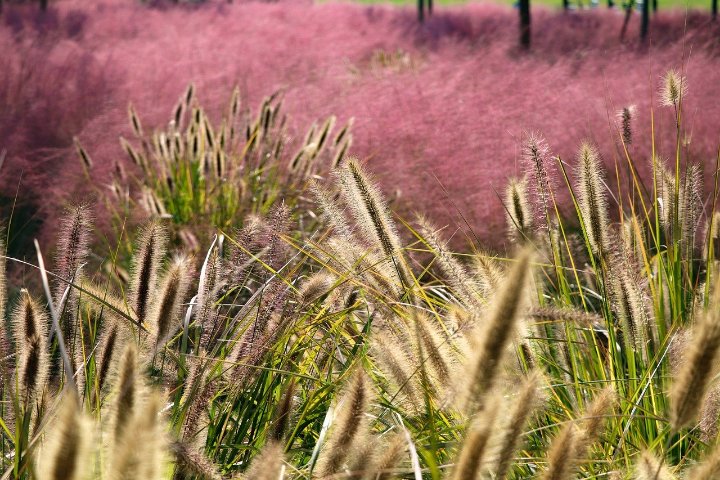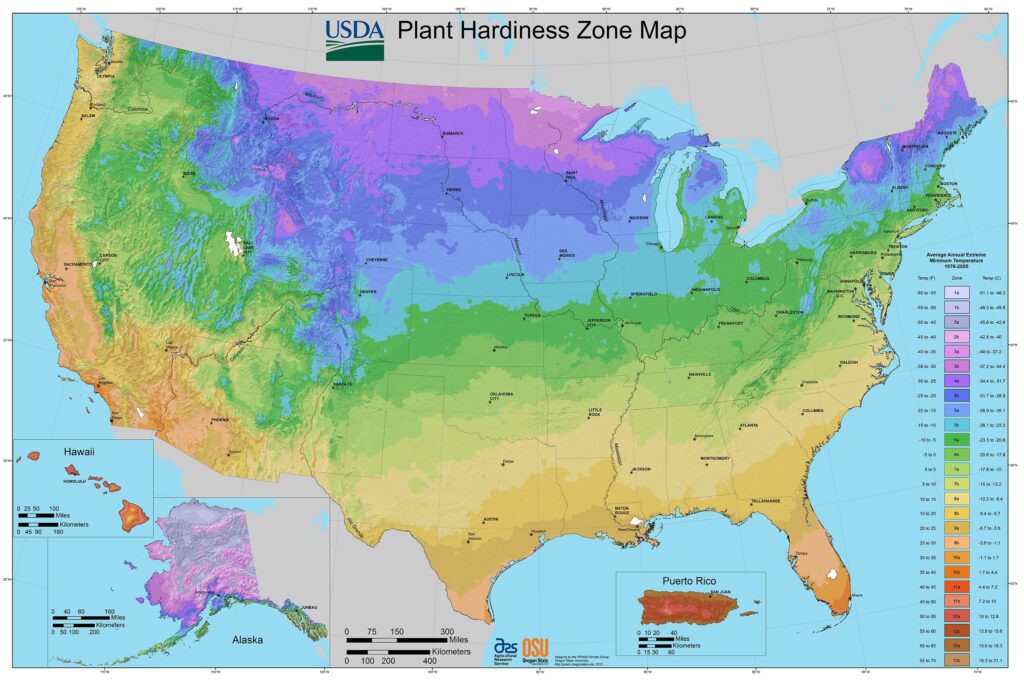Pennisetum, commonly known as fountain grass, is a versatile and ornamental grass prized for its graceful arching foliage and striking plume-like flower heads. Whether you’re looking to add texture and movement to your garden or create a stunning focal point in your landscape, Pennisetum is an excellent choice. With proper care and maintenance, you can easily grow and enjoy the beauty of fountain grass in your outdoor space.
Best Fountain Grass (Pennisetum) Varieties
| Image | Name | Rating | Shop |
|---|---|---|---|
 | Pennisetum Viridescens Fountain Ornamental Grass Seed |  | |
 | Purple Fountain Grass Seed |  |
Pennisetum Hardiness Zones
Pennisetum is remarkably adaptable and can thrive in USDA hardiness zones 3-10. This wide range of hardiness zones makes it suitable for gardens across various regions, from cooler northern climates to warmer southern areas. Whether you’re gardening in a temperate coastal region or a hot and dry desert environment, Pennisetum is sure to thrive and add visual interest to your landscape.
How Much Sun Do Pennisetum Need
Pennisetum thrives in full sun, requiring at least six hours of direct sunlight per day to grow and bloom vigorously. Plant them in a location where they can receive ample sunlight, ensuring optimal growth and flowering. In hot climates, providing some afternoon shade can help protect them from intense heat and prevent leaf scorch.
Pennisetum Soil Requirements
When it comes to soil, Pennisetum is adaptable and can grow in a wide range of soil types, including loamy, sandy, and clay soils. However, it prefers moist but well-drained soil that retains moisture without becoming waterlogged. Ensure the soil is loose and crumbly to allow for proper root development and drainage. Pennisetum thrives in slightly acidic to neutral soil with a pH range of around 6.0 to 7.0.
Pennisetum Plant Spacing
When planting Pennisetum, space them approximately 1 to 4 feet apart, depending on the variety and mature size of the plants. This spacing allows for proper air circulation and prevents overcrowding, ensuring that each plant has enough room to grow and spread. Pennisetum’s graceful arching foliage and plume-like flower heads create a stunning visual impact when planted in groups or drifts in the landscape.
Pennisetum Temperature Requirements
Pennisetum thrives in warm environments and is tolerant of a wide range of temperatures. It prefers moderate temperatures and may struggle in extreme heat or cold. Plant Pennisetum in spring after the danger of frost has passed, or in early fall to give them time to establish before winter. In colder climates, Pennisetum may die back to the ground in winter but will regrow in spring.
Pennisetum Fertilizer Requirements
Pennisetum is a low-maintenance plant and generally doesn’t require fertilization to thrive. However, incorporating organic matter such as compost into the soil before planting can provide essential nutrients and improve soil fertility. Avoid over-fertilizing Pennisetum, as excessive nutrients can lead to lush foliage at the expense of flowering.
Pennisetum Water Requirements
Pennisetum prefers moist conditions and requires regular watering to thrive, especially during periods of hot, dry weather. Water them deeply and thoroughly, ensuring that the soil is evenly moist but not waterlogged. Mulching around the base of the plants can help retain soil moisture and suppress weeds, promoting healthy growth and flowering.
Pennisetum Humidity Requirements
Pennisetum thrives in humid environments and is well-suited to gardens in coastal regions and areas with high humidity levels. However, it can also tolerate drier conditions once established. Ensure proper air circulation around the plants to prevent moisture buildup, which can lead to fungal diseases such as root and crown rot.
Pennisetum Pests and Diseases
Pennisetum is relatively pest and disease-resistant, with few problems encountered in typical garden settings. However, it may occasionally attract pests such as aphids or grasshoppers, which can feed on the foliage. Monitor your plants regularly for signs of pest infestations and take appropriate measures to control them, such as handpicking or using insecticidal soap. Additionally, Pennisetum may be susceptible to fungal diseases such as root and crown rot, especially in poorly drained soil or humid conditions.
In conclusion, growing and caring for Pennisetum, or fountain grass, is a rewarding experience that allows gardeners to enjoy the beauty and elegance of ornamental grasses in their landscape. By providing the right growing conditions, including full sun, well-drained soil, and regular watering, you can cultivate healthy and vibrant Pennisetum plants that enhance the beauty of your garden. With their graceful arching foliage and striking plume-like flower heads, Pennisetum is sure to become a cherished favorite in your outdoor space.












